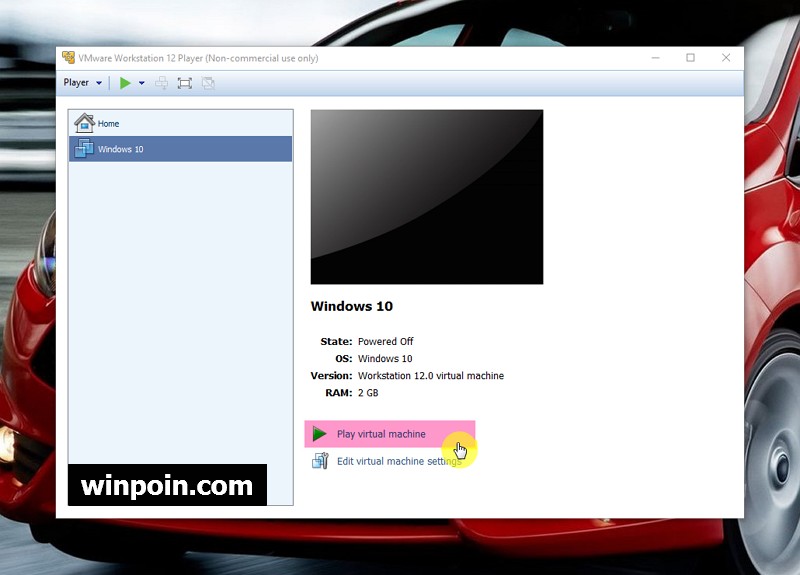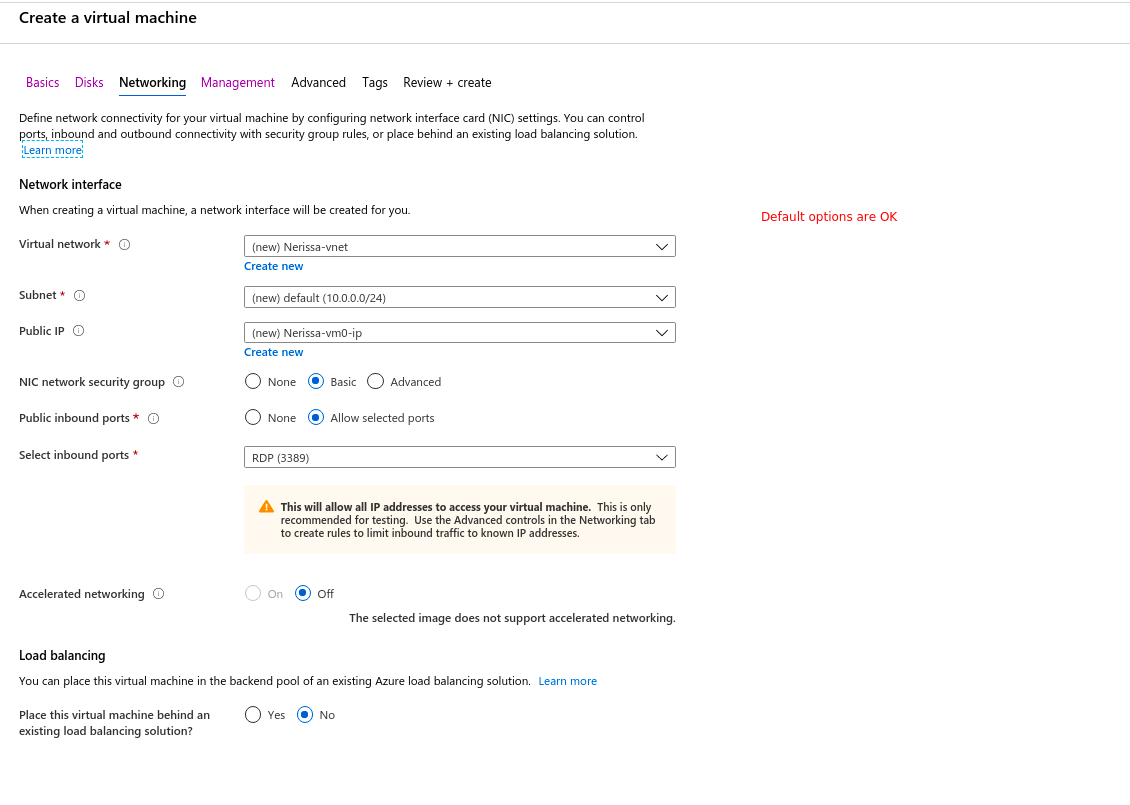

This is particularly useful for testing applications on different operating systems or software in development. This way, you could use Windows on your computer and a Linux virtual machine.

The hypervisor could then, for instance, set up a virtual machine running Linux. You can also install an operating system first (such as Windows), then install the hypervisor on top of the OS. This software is called a hypervisor, and can be installed directly on the hardware. This is where instead of an operating system being installed on the physical hardware of a computer, a software layer exists between the hardware and the virtual desktop. Most people are already familiar with desktop virtualization. I’ll go through the different kinds of virtualization, then look at software to create and manage virtual machines. For example, you can virtualize networks, desktops, applications, storage and server infrastructure, and data. Virtualization comes in many forms and can be applied differently depending on what you’re trying to virtualize. How to Choose the Best Virtualization Software What Is Virtualization? What to Know about Virtualization Softwareīenefits of Monitoring Your Virtual Machines In addition, if you’re looking for a way to monitor and manage virtualization software-and get the most out of your virtual environments-I’ll explain why you should consider a tool like SolarWinds ® Virtualization Manager. In this guide, I’ll provide a quick primer on virtualization, then dive into a virtualization software comparison to determine the top virtualization software on the market for today. Using appropriate software to manage those virtualizations is important-if you aren’t using the right tools, your virtual environment can be messy and ineffective at best, or buggy and non-functional at worst. Virtualization can be useful everywhere, whether for home office and small business use, or in large enterprises and data centers.


 0 kommentar(er)
0 kommentar(er)
